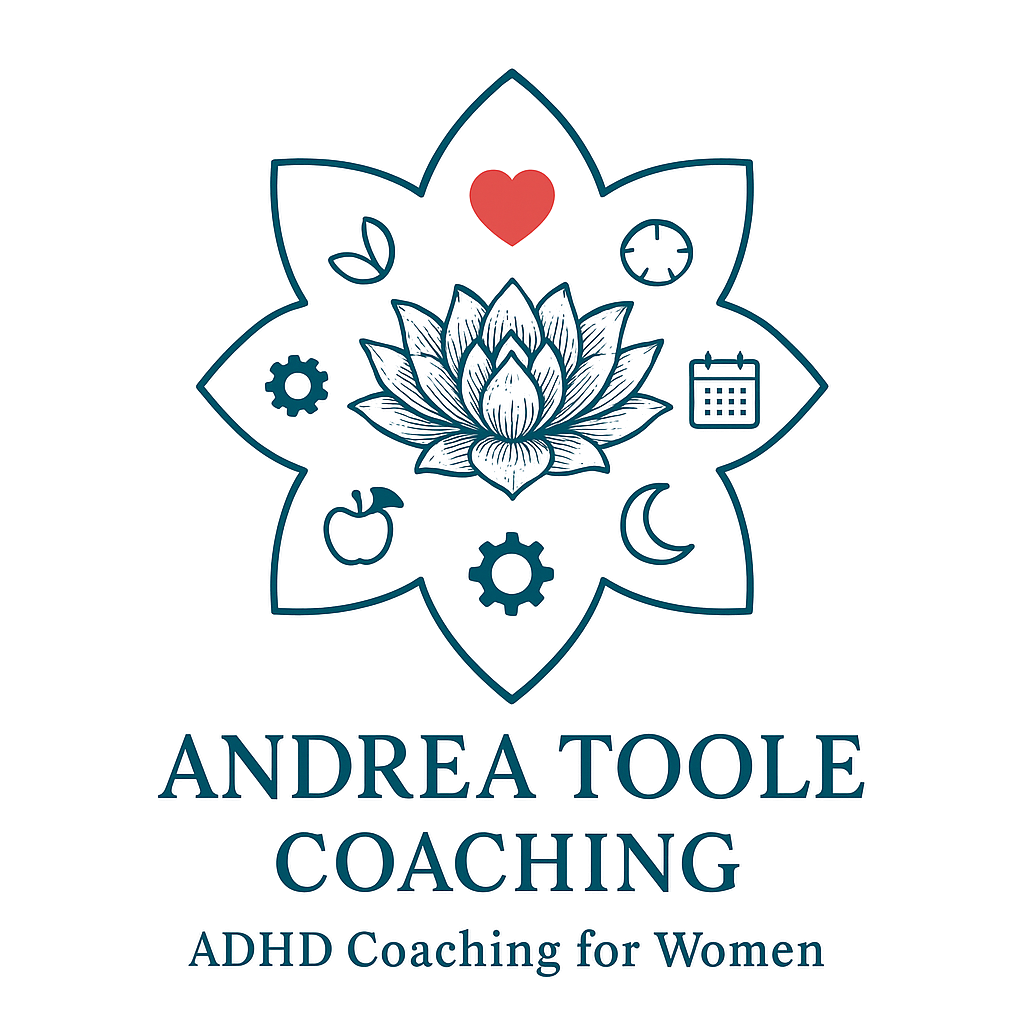Why Prioritizing Energy Over Time is the Key to Sustainable Productivity
You meticulously plan your day, block out your schedule, and optimize every minute for maximum efficiency. Yet, by mid-afternoon, you feel drained, unfocused, and struggling to get through your to-do list. Sound familiar?
Many people believe that better time management is the answer to productivity struggles. But here’s the truth: Time isn’t the issue—energy is. If you don’t have the mental, emotional, and physical capacity to show up for your tasks, no amount of scheduling tricks will help.
So, what if instead of managing your time, you managed your energy? In this post, we’ll explore why prioritizing energy over time is a game-changer and how you can start implementing this shift today.
Why Energy Management Matters More Than Time Management
Time is a fixed resource—you get 24 hours in a day, no more, no less. But energy is flexible. It fluctuates based on factors like sleep, nutrition, stress levels, and even the type of work you’re doing. By focusing on energy, you can work with your natural rhythms instead of forcing yourself into a rigid time-based system that doesn’t align with how you actually function.
Signs You’re Prioritizing Time Over Energy (and It’s Not Working)
You feel exhausted despite getting enough sleep.
You struggle with focus and motivation at different times of the day.
You push through tasks even when you’re mentally drained, leading to lower-quality work.
You feel guilty for "wasting time" when resting, even though you know you need it.
Recognizing these patterns is the first step toward making a change.
How to Prioritize Energy Over Time
1. Identify Your Peak Energy Hours
Your energy naturally rises and falls throughout the day. Instead of forcing yourself into a strict 9-to-5 structure, track your energy levels for a week and identify when you feel most alert, focused, and creative.
🔹Action Step: Use a simple energy tracking journal or an app like Rise or Energy Tracker. Note when you feel sharp, sluggish, or in between.
Example: If you notice that you’re mentally sharp between 10 AM and 1 PM, block that time for deep work and avoid meetings or low-energy tasks.
2. Align Tasks with Your Energy Levels
Once you know your energy patterns, structure your day around them.
High-energy periods: Focus on deep work, problem-solving, and creativity.
Moderate-energy periods: Handle admin work, emails, or collaborative tasks.
Low-energy periods: Schedule breaks, light reading, or movement to recharge.
🔹 Example: If your energy crashes at 3 PM, instead of forcing productivity, take a 15-minute movement break or a power nap to reset.
3. Leverage the PRIMED Framework
My PRIMED framework (Physical exercise, Routine, Intake, Mental state, Environment, Downtime) helps structure your energy management for sustained productivity.
Physical Exercise: Move your body to boost energy (even a 5-minute stretch works!).
Routine: Establish energy-friendly habits, like a consistent wake-up time.
Intake: Eat foods that fuel your brain (protein, healthy fats, and hydration matter!).
Mental State: Manage stress through mindfulness, journaling, or therapy.
Environment: Optimize your workspace for focus (good lighting, minimal distractions).
Downtime: Schedule actual rest—your brain needs it to function at its best.
🔹 Action Step: Pick one area to improve this week and track how it affects your energy.
4. Redefine Productivity: Quality Over Quantity
Many of us equate productivity with doing more when, in reality, it should be about doing what matters most efficiently.
🔹 Mindset Shift: Instead of measuring success by how many hours you work, focus on:
The impact of your work
The quality of your output
How well you feel while working
🔹 Example: If you complete a high-impact task in two hours instead of four, that’s a win—even if it feels "too easy."
5. Rest and Recovery Are Non-Negotiable
High performance isn’t about working more—it’s about strategic work and intentional rest. Prioritizing recovery allows you to show up better for everything else.
Ways to Recharge:
Short walks between tasks
10-minute power naps
Mindfulness or breathing exercises
Creative hobbies that aren’t tied to productivity
🔹 Example: Research shows that short breaks improve focus and retention (source: Harvard Business Review). Give yourself permission to pause.
Key Takeaways: Make Energy Management Your New Productivity Hack
✔ Track your energy levels and structure your day around peak productivity times.
✔ Align tasks with your energy instead of pushing through when you’re drained.
✔ Use the PRIMED framework to optimize your energy in all areas of life.
✔ Redefine productivity by focusing on quality over time spent.
✔ Prioritize rest and recovery to sustain long-term performance.
Next Steps: Work With Me to Create an Energy-Aligned Life
If you’re ready to stop fighting against your energy and start working with it, I can help! My coaching sessions focus on creating personalized, ADHD-friendly productivity systems that actually work for you.
📅 Book a free strategy session to get started: www.andreatoolecoach.com
🔗 Related Reading: How to Build an ADHD-Friendly Routine
By shifting your focus from time to energy, you’ll unlock sustainable productivity and finally work in a way that feels good. Try it and see the difference!


